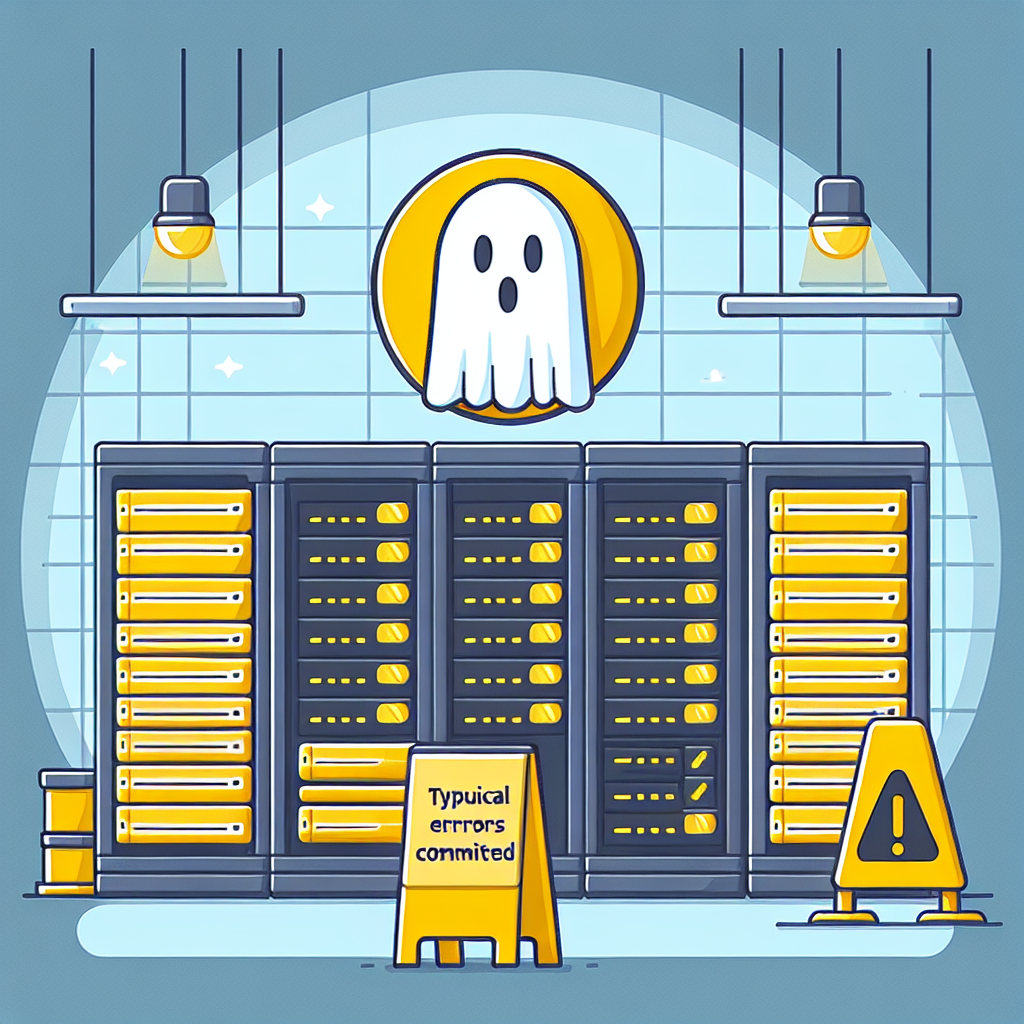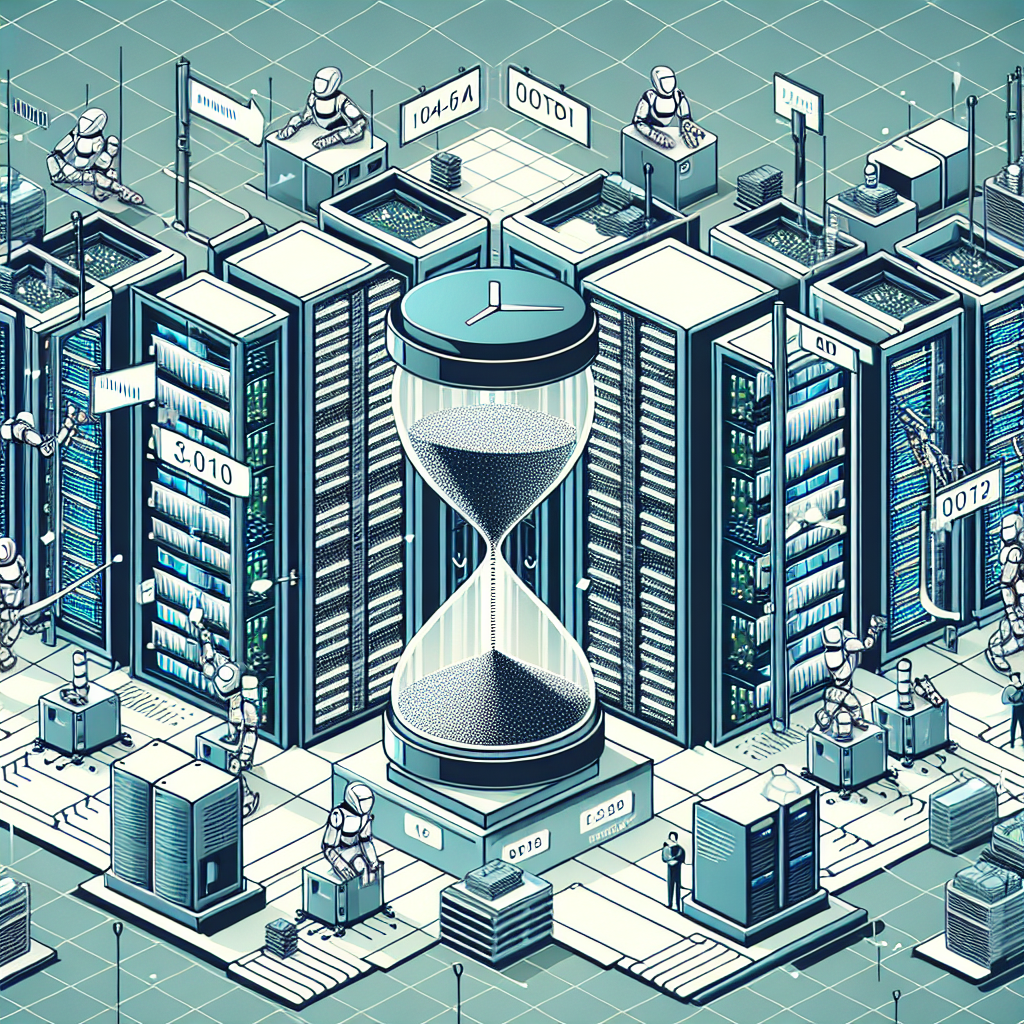Data centers play a crucial role in today’s digital world, serving as the backbone for storing and processing massive amounts of data. With the increasing demand for data storage and processing capabilities, data center operators are under immense pressure to ensure high levels of uptime to meet the needs of their customers.
One of the key strategies for maximizing uptime in data centers is implementing a proactive maintenance approach. This involves regularly scheduled maintenance and monitoring of equipment to identify and address potential issues before they escalate into major problems. However, even with the best preventative maintenance practices in place, unexpected equipment failures can still occur.
This is where reactive maintenance comes into play. Reactive maintenance involves responding to equipment failures as they happen, rather than proactively preventing them. While reactive maintenance is often seen as a less desirable approach compared to proactive maintenance, it can still play a crucial role in minimizing downtime and maximizing uptime in data centers.
When it comes to data centers, downtime can be incredibly costly. Not only does it result in lost revenue for the data center operator, but it can also have a significant impact on their customers who rely on the data center’s services. In some cases, downtime can even lead to reputational damage and loss of customers.
By implementing a reactive maintenance strategy, data center operators can quickly respond to equipment failures and minimize downtime. This involves having a team of skilled technicians on standby to address issues as they arise, as well as having spare parts readily available to quickly replace faulty equipment.
In addition to minimizing downtime, reactive maintenance can also help data center operators identify potential weaknesses in their infrastructure and make improvements to prevent future issues. By closely monitoring equipment failures and analyzing root causes, operators can make informed decisions about where to invest in upgrades and improvements to enhance the reliability and performance of their data center.
Ultimately, a combination of proactive and reactive maintenance strategies is key to maximizing uptime in data centers. While proactive maintenance helps prevent issues before they occur, reactive maintenance ensures that operators can quickly respond to unexpected failures and minimize downtime. By striking the right balance between these two approaches, data center operators can ensure that their facilities operate at peak performance and meet the needs of their customers.










